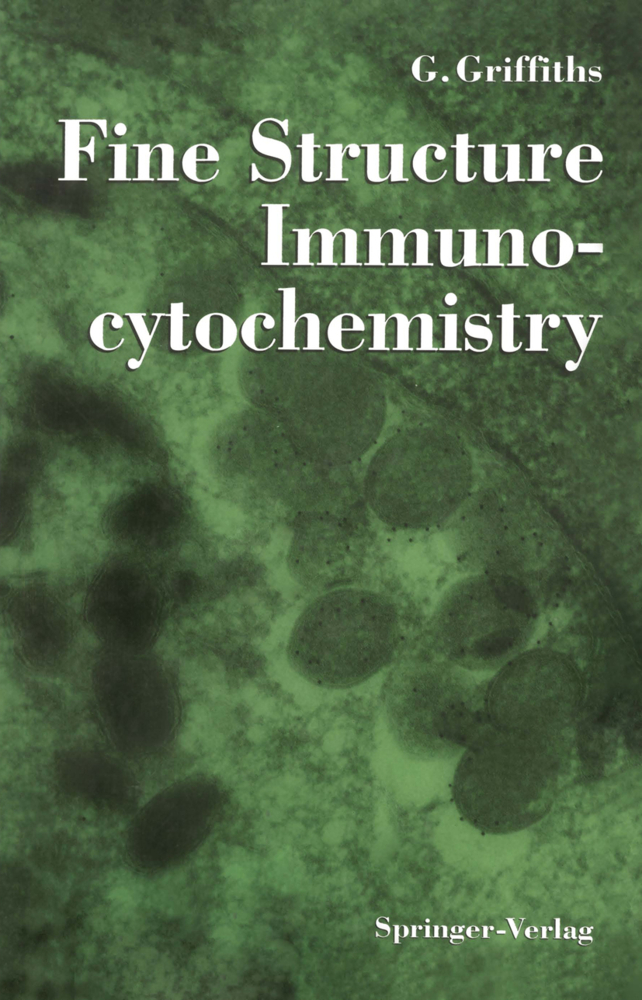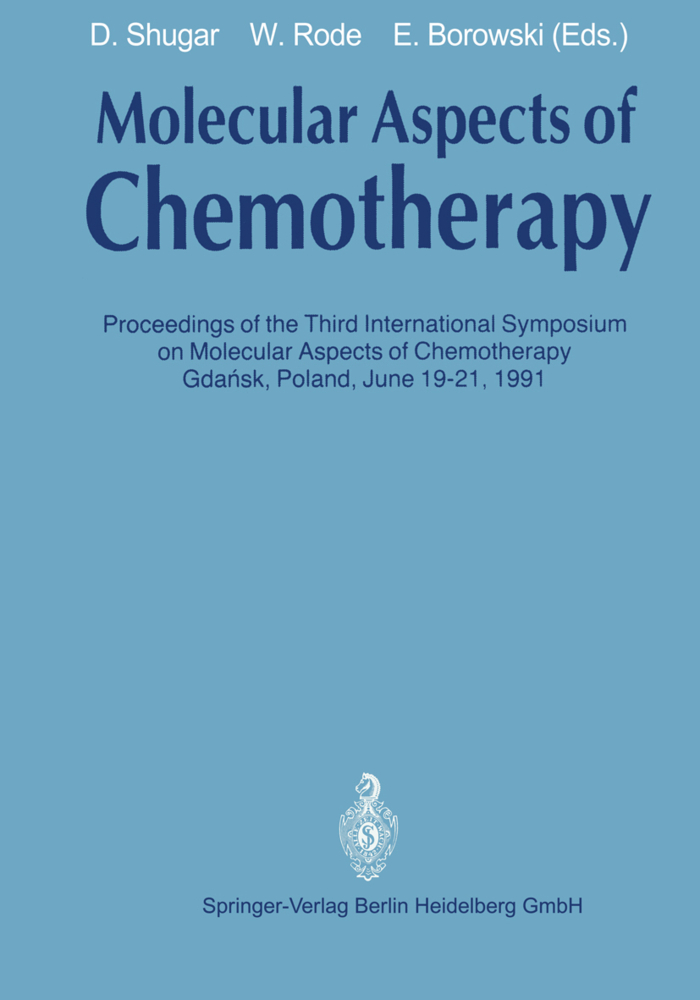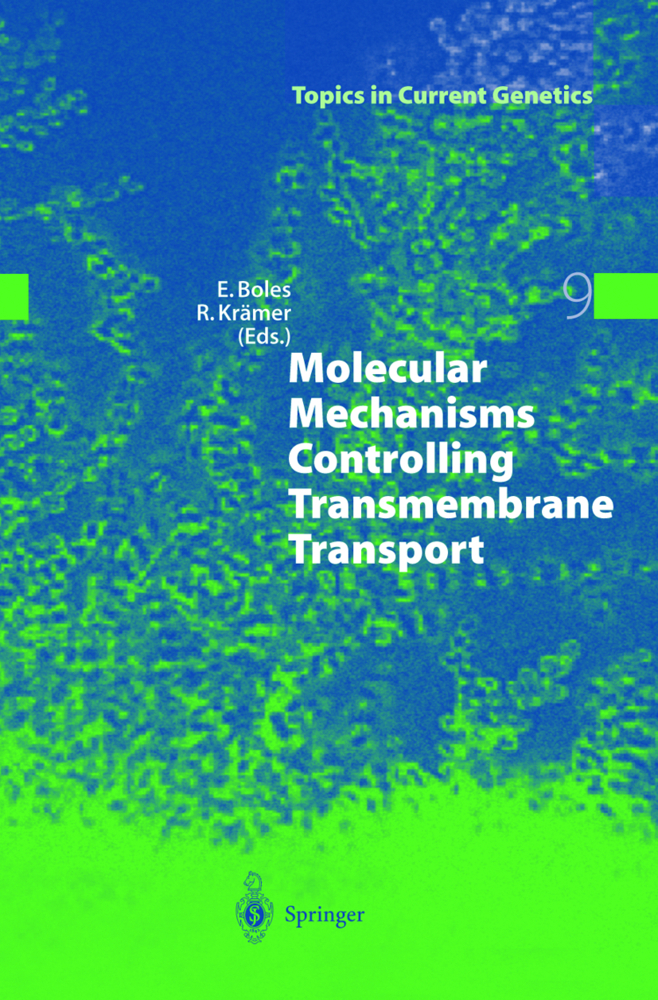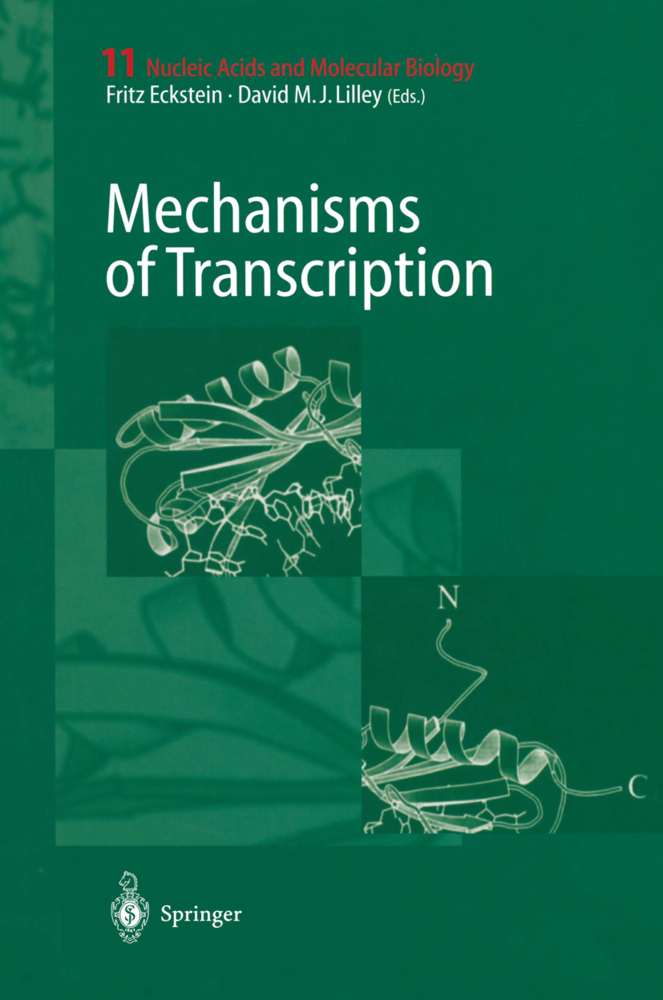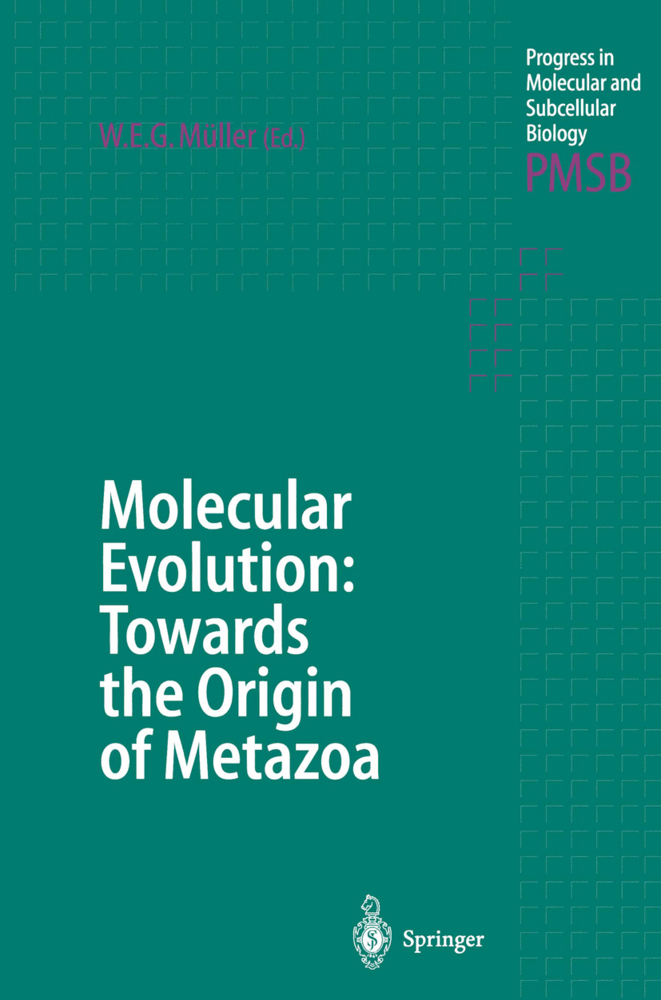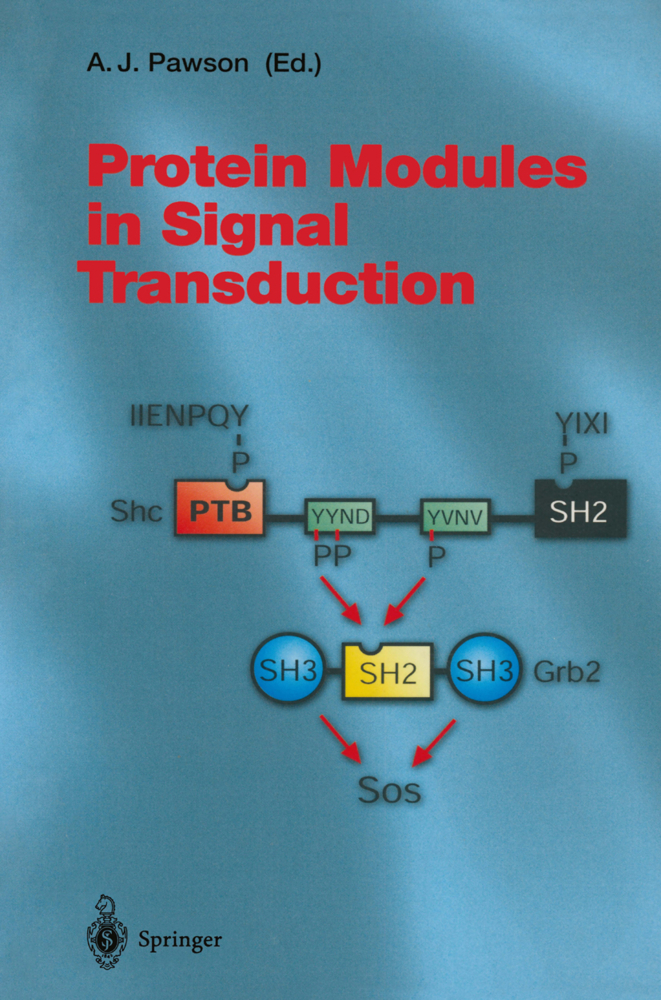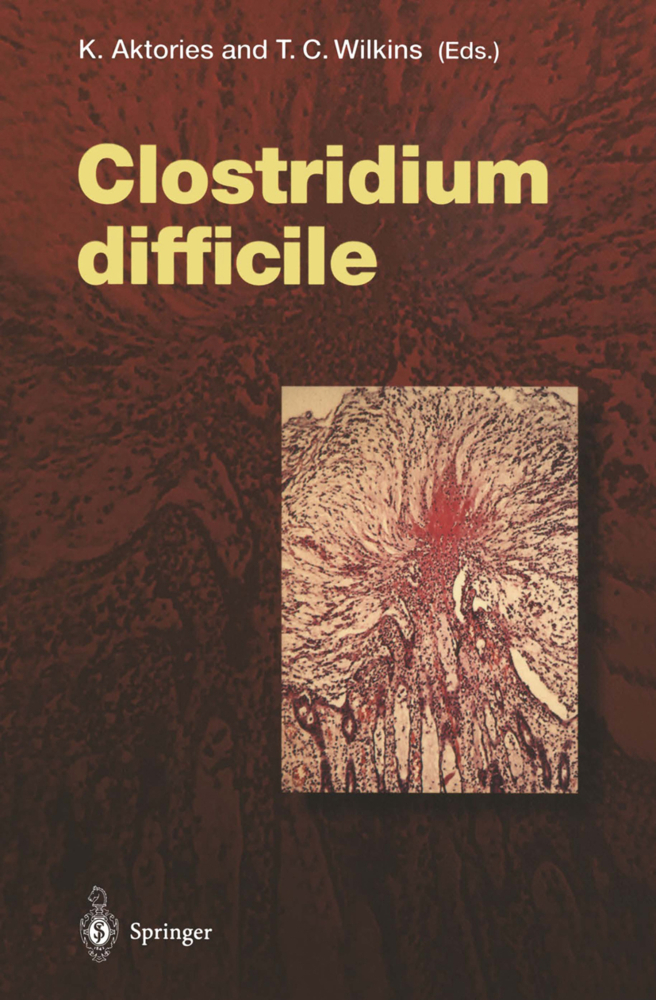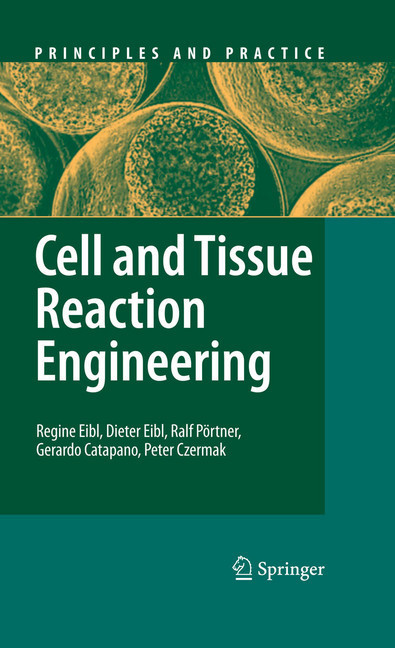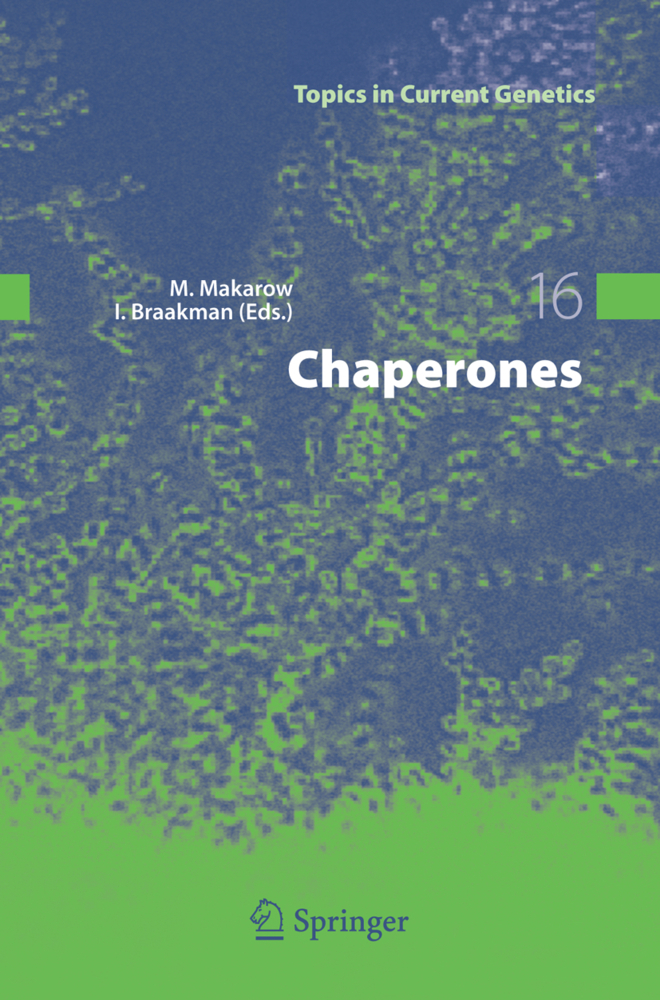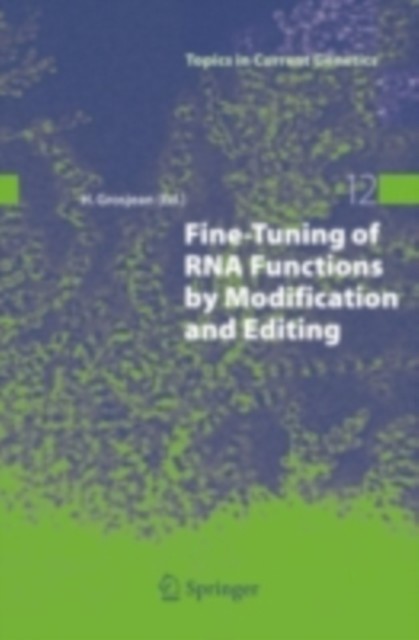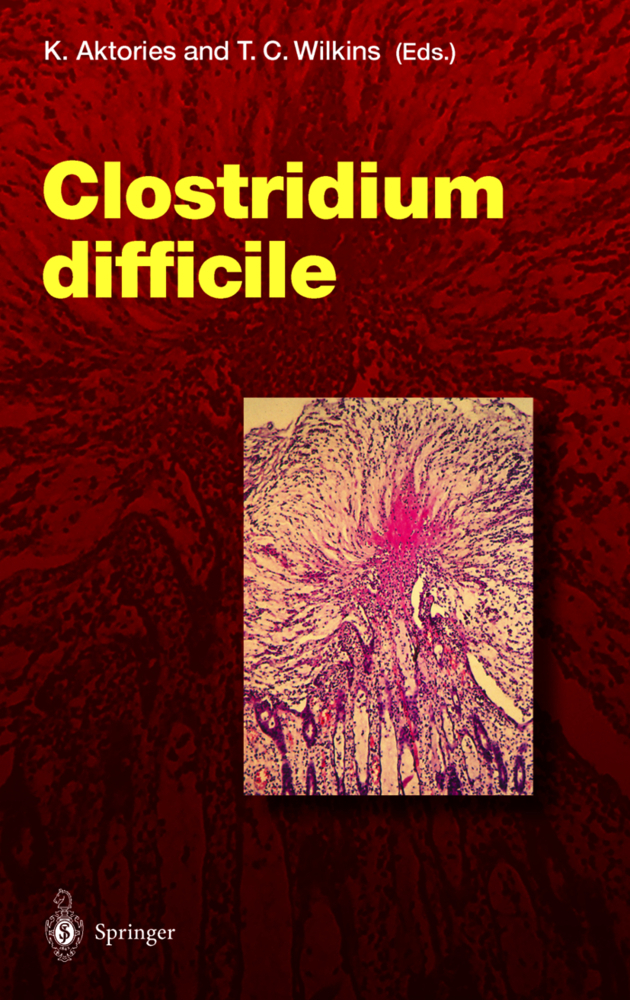Fine Structure Immunocytochemistry
Fine Structure Immunocytochemistry
Electron microscopy in the biological sciences can be divided into two disciplines. The first, concerned with high resolution detail of particles or periodic structures, is mostly based on sound theoretical principles of physics. The second, by far the larger discipline, is interested in the information obtainable from thin sections. The theoretical back ground to those groups of techniques for preparing and looking at thin sections is often inexact and "loose", for want of a better word. What should be chemistry is often closer to alchemy. This kind of electron microscopy is often enshrined with mystical recipes, handed down from generation to generation. Admittedly, many of the processes involved, such as those required to embed tissue in epoxy resins, involve multiple interconnected steps, which make it difficult to follow the details of anyone of these steps. If all these steps are shrouded in some mystery, however, can one really trust the final image that emerges on the EM screen? When we present the data in some semi quantitative form is there really no better way to do it than to categorize the parameters with ++, +/-, etc? What happens when one labels the sections with antibodies? Does the whole business necess arily need to be more of an "art" than a "science"? Upon reflecting on these problems in 1981, I had the impression that many of the multi-authored textbooks that existed then (and that have appeared since) tended to exacerbate or at least perpetuate this
1.2 Criteria for an Electron-Microscopic Immunocytochemical Technique
1.3 Problems with the Pre-Embedding Techniques
References
2 Fine Structure Preservation
2.1 Introduction
2.2 Fine-Structure Evaluation in Practice
2.3 Summary
References
3 Fixation for Fine Structure Preservation and Immunocytochemistry
3.1 Fine Structure Preservation
3.2 Factors Affecting the Quality of Fixation for Fine Structure Preservation
3.3 Fixation Artefacts
3.4 Effect of Fixatives on Enzyme Activity
3.5 Fixation for Immunocytochemistry
3.6 A Concluding Remark
References
4 Embedding Media for Section Immunocytochemistry
4.1 Resin-Free Sections - Temporary Embedement
4.2 Permanent Embedding Media
4.3 Freeze Substitution
References
Chapters 5 Cryo and Replica Techniques for Immunolabelling
5.1 Cryo Sectioning Techniques
5.2 Freeze-Fracture and Replica Labelling Methods
5.3 Other Replica Techniques for Labelling
References
6 Elementary Immunology
6.1 Basic Immunology
6.2 The Structure of Antibodies
6.3 The Biological Functions of Immunoglobulins
6.4. The Nature of Antigenicity
6.5 Practical Aspects of Immunology
6.6 Affinity Purification
6.7 Characterization of Antibodies
6.8 Precipitin Techniques
6.9 Immunoblotting
6.10 Immunoprecipitation
6.11 Immunoassay
References
7 Labelling Reactions for Immunocytochemistry
7.1 Historical Perspectives
7.2 Labelling in Practice
7.3 Approaches for Single Labelling
7.4 Approaches for Double Labelling
References
8 Particulate Markers for Immunoelectron Microscopy
8.1 Colloidal Gold
Appendix. Silver Enhancement Procedure
References
9 Non-ImmunologicalHigh-Affinity Interactions Used for Labelling
9.1 Lectins
9.2 Protein A
9.3 Protein G
9.4 Avidin-Biotin Interactions
9.5 Miscellaneous Labelling Approaches Relying on Non-Immunological High Affinity Interactions
9.6 In-Situ Hybridization
References
10 Preembedding Immuno-Labelling
10.1 Permeabilization
10.2 Markers for Preembedding Labelling
10.3 Preembedding Studies of the Nucleus
10.4 Preembedding Labelling for Studies of the Nervous System
10.5 The Use of Dinitrophenol IgG Conjugates
10.6 Agarose Gel Method for Preembedding
References
11 Quantitative Aspects of Immunocytochemistry
11.1 General Comments
11.2 Basic Stereology
11.3 Estimation of Volume Density and Surface Density in Practice
11.4 Estimation of Volume of Reference Space
11.5 Stereological Sampling in Practice
11.6 Quantitation in Immunocytochemistry
11.7 Approaches for Quantitation Ignoring Labelling Efficiency
11.8 Absolute Quantitation Making Assumptions About Labelling Efficiency
11.9 Negation of the Labelling Efficiency Factor: The Matrix Gel Method for Quantitating Souble Antigens Which Are Available in Pure Form
11.10 Quantitative Model System Developed for Small Molecular Weight Neurotransmitters
11.11 Sensitivity of Labelling: Limits of Detection
11.12 Steric Hindrance
11.13 Amplification of Gold Labelling and Quantitation
11.14 Signal-to-Noise Ratio and the Concentration of Antigen: Those Few Gold Particles!
References
12 An Overview of Techniques for Labelling at the EM Level.
1 Introduction to Immunocytochemistry and Historical Background
1.1 Approaches to Immunocytochemistry1.2 Criteria for an Electron-Microscopic Immunocytochemical Technique
1.3 Problems with the Pre-Embedding Techniques
References
2 Fine Structure Preservation
2.1 Introduction
2.2 Fine-Structure Evaluation in Practice
2.3 Summary
References
3 Fixation for Fine Structure Preservation and Immunocytochemistry
3.1 Fine Structure Preservation
3.2 Factors Affecting the Quality of Fixation for Fine Structure Preservation
3.3 Fixation Artefacts
3.4 Effect of Fixatives on Enzyme Activity
3.5 Fixation for Immunocytochemistry
3.6 A Concluding Remark
References
4 Embedding Media for Section Immunocytochemistry
4.1 Resin-Free Sections - Temporary Embedement
4.2 Permanent Embedding Media
4.3 Freeze Substitution
References
Chapters 5 Cryo and Replica Techniques for Immunolabelling
5.1 Cryo Sectioning Techniques
5.2 Freeze-Fracture and Replica Labelling Methods
5.3 Other Replica Techniques for Labelling
References
6 Elementary Immunology
6.1 Basic Immunology
6.2 The Structure of Antibodies
6.3 The Biological Functions of Immunoglobulins
6.4. The Nature of Antigenicity
6.5 Practical Aspects of Immunology
6.6 Affinity Purification
6.7 Characterization of Antibodies
6.8 Precipitin Techniques
6.9 Immunoblotting
6.10 Immunoprecipitation
6.11 Immunoassay
References
7 Labelling Reactions for Immunocytochemistry
7.1 Historical Perspectives
7.2 Labelling in Practice
7.3 Approaches for Single Labelling
7.4 Approaches for Double Labelling
References
8 Particulate Markers for Immunoelectron Microscopy
8.1 Colloidal Gold
Appendix. Silver Enhancement Procedure
References
9 Non-ImmunologicalHigh-Affinity Interactions Used for Labelling
9.1 Lectins
9.2 Protein A
9.3 Protein G
9.4 Avidin-Biotin Interactions
9.5 Miscellaneous Labelling Approaches Relying on Non-Immunological High Affinity Interactions
9.6 In-Situ Hybridization
References
10 Preembedding Immuno-Labelling
10.1 Permeabilization
10.2 Markers for Preembedding Labelling
10.3 Preembedding Studies of the Nucleus
10.4 Preembedding Labelling for Studies of the Nervous System
10.5 The Use of Dinitrophenol IgG Conjugates
10.6 Agarose Gel Method for Preembedding
References
11 Quantitative Aspects of Immunocytochemistry
11.1 General Comments
11.2 Basic Stereology
11.3 Estimation of Volume Density and Surface Density in Practice
11.4 Estimation of Volume of Reference Space
11.5 Stereological Sampling in Practice
11.6 Quantitation in Immunocytochemistry
11.7 Approaches for Quantitation Ignoring Labelling Efficiency
11.8 Absolute Quantitation Making Assumptions About Labelling Efficiency
11.9 Negation of the Labelling Efficiency Factor: The Matrix Gel Method for Quantitating Souble Antigens Which Are Available in Pure Form
11.10 Quantitative Model System Developed for Small Molecular Weight Neurotransmitters
11.11 Sensitivity of Labelling: Limits of Detection
11.12 Steric Hindrance
11.13 Amplification of Gold Labelling and Quantitation
11.14 Signal-to-Noise Ratio and the Concentration of Antigen: Those Few Gold Particles!
References
12 An Overview of Techniques for Labelling at the EM Level.
Griffiths, Gareth
Burke, B.
Lucocq, J.
| ISBN | 978-3-642-77097-5 |
|---|---|
| Artikelnummer | 9783642770975 |
| Medientyp | Buch |
| Auflage | Softcover reprint of the original 1st ed. 1993 |
| Copyrightjahr | 2011 |
| Verlag | Springer, Berlin |
| Umfang | XXI, 459 Seiten |
| Abbildungen | XXI, 459 p. |
| Sprache | Englisch |

